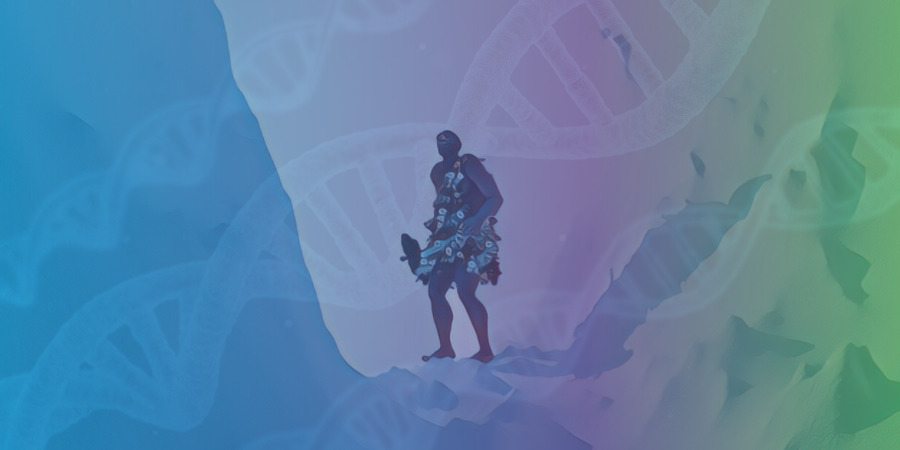Genetic Analysis Rewrites Understanding of Ancient Migrations
For decades, archaeologists theorized that the earliest Native American populations descended from Siberian peoples who migrated to the Americas via an Alaskan land bridge beginning around 15,000 years ago.
But cutting-edge genetic analysis of ancient human remains is now prompting a complete redraw of assumptions about the timing and routes of Native American ancestry.
Earlier Arrival Dates Than Previously Thought
Comprehensive DNA studies point to Native American forebears arriving in North America as early as 25,000 years ago, with multiple migratory waves over thousands of years. This shatters notions of all Native Americans deriving from a single recent source population.
One trailblazing forensic study of an 11,500 year-old infant skeleton unearthed in Alaska provided a genetic link proving ancestry tied to both ancient Siberians and modern Native peoples.
Coastal Route Migration Theory Gains Steam
In addition to upending timelines, ancestry analysis indicates some Native American ancestors migrated along Pacific coastal routes rather than solely over the Bering land bridge. This “kelp highway” theory gained steam after DNA connected a 10,000 year-old skeleton in British Columbia with indigenous communities.
Rather than a single tidy narrative, modern genetics shows ancient Native lineages reflect a mosaic of sources and migration events over many eras.
Indigenous Collaboration Critical to Research
Cutting-edge forensic techniques provide unprecedented resolution into human migration patterns. But researchers stress that collaboration with indigenous communities is crucial for ensuring ancestral remains are handled respectfully.
As new findings accumulate,Native American groups play a vital role guiding analysis to refine knowledge of their complex origins and connections with other societies past and present.












Add Comment